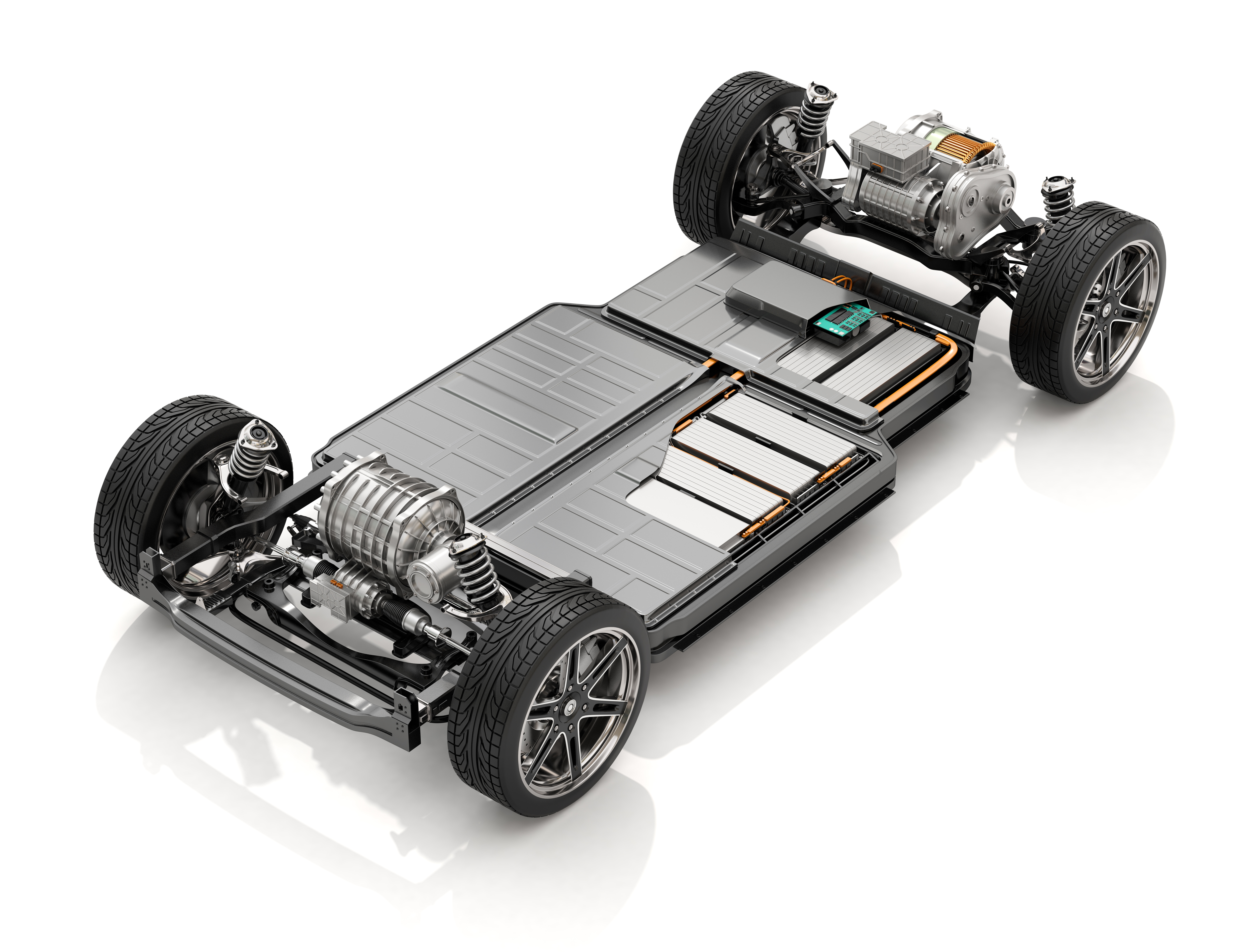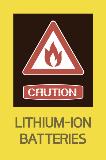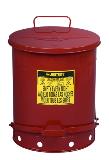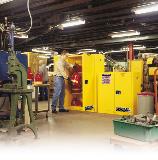What are Some Dangers of Lithium-Ion Batteries in Electric Vehicle (EV) Service and Manufacture?

Lithium-ion batteries have been considered to be the most competitive power source of electric vehicles (EV), hybrid electric vehicles (HEV), plug-in hybrid electric vehicles (PHEV) and energy storage of green grid. However, as a solution to high energy density storage, lithium-ion batteries have been seriously plagued by safety issues.
Lithium-ion (li-ion) batteries are widely used by global carmakers to power their EVs. Unlike standard combustion engine cars, fully electric vehicles, such as Teslas, use hundreds of li-ion battery cells to power an electric motor. While EVs must meet all federal and provincial safety standards, the sheer volume of high-voltage li-ion batteries housed within them presents unique hazards. The major weakness of lithium-ion batteries in electric cars is the use of organic liquid electrolytes, which are volatile and flammable when operating at high temperatures.
Key Reasons Why Lithium-Ion Batteries are a Safety Issue
- A relatively small fire source, such as a spark, is sufficient to start a lithium battery fire
- Batteries of the same type, but from different manufacturers, exhibit varying flammability characteristics
- Fully charged batteries can ignite more violently
- All lithium-ion batteries have a residual charge that, even when the battery seems to be dead, can be a risk to workers in terms of a fire or electrical hazard
- Do not ever attempt to extinguish a lithium-ion battery pack fire. Evacuate the building and call the fire department
While normally safe under most use conditions, deficiencies in quality, incorrect assembly, and damage can result in overheating and explosions that present hazards to life, safety, and property. This problem is only magnified when large quantities of lithium-ion batteries are stored on-site or transported between industrial facilities.
Fires and explosions associated with lithium-ion batteries have potentially significant consequences for workers, facility operators and the communities surrounding such facilities. Such incidents can also lead to an extended shutdown of a facility’s operations.
Protecting People and Property When Working with or Near Lithium-Ion Batteries
 Hazardous materials used in the manufacturing process should be kept away from lithium-ion batteries to reduce the risk of spreading a fire. A lithium-ion battery catching on fire could create a dangerous chain of reactions. Make sure there are proper solutions for storing, handling, and disposing of hazardous materials.
Hazardous materials used in the manufacturing process should be kept away from lithium-ion batteries to reduce the risk of spreading a fire. A lithium-ion battery catching on fire could create a dangerous chain of reactions. Make sure there are proper solutions for storing, handling, and disposing of hazardous materials.
Flammable liquids at point of use should be in closed containers. Safety cans and plunger cans from Justrite Safety Group not only automatically close, but also, have flame arresters that prevent flames from igniting internal contents.
Immediately dispose of any soiled rags that could be combustible in an oily waste can. The oily waste can’s self-closing lid reduces the air required for spontaneous combustion and protects content from external ignition sources.
 Store flammables, acids, bases, paints in OSHA compliant, fire-resistant safety cabinets to keep a bad situation from getting worse. Safety cabinets keep the stored materials from reaching their auto ignition temperature in the first 10 minutes of a fire. This critical delay allows for evacuation and first responders to act.
Store flammables, acids, bases, paints in OSHA compliant, fire-resistant safety cabinets to keep a bad situation from getting worse. Safety cabinets keep the stored materials from reaching their auto ignition temperature in the first 10 minutes of a fire. This critical delay allows for evacuation and first responders to act.
Lithium-ion batteries have the potential for the release of explosive gases and harmful liquids if batteries are damaged or incorrectly modified. Receiving immediate and proper treatment in the first 10 seconds following exposure can be key to minimizing serious injury. The longer the substance remains on the skin, the more damage occurs. To meet the ANSI Z358 requirements, the emergency shower and eyewash station must be within 10 seconds (approximately 55 feet) from where an accident occurs. The emergency safety equipment should also be installed on the same level as a potential hazard.
Connect with Saf-T-Gard to Learn More
Industrial safety is our legacy going back 9 decades. For an overview of our Justrite fire protection and facility safety products, and to order for immediate shipment, please visit Justrite.

